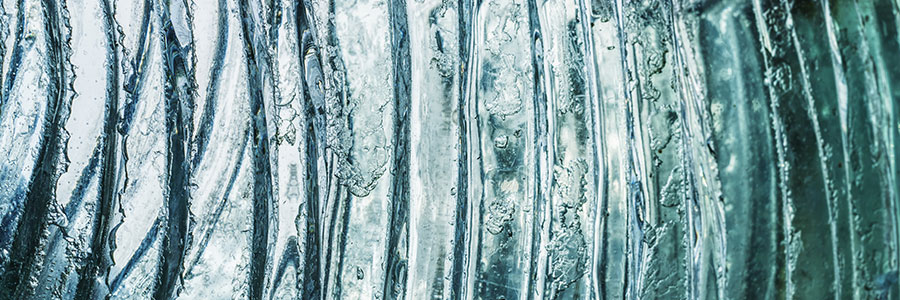Glass Industry

Glass is a physically solid, supercooled liquid with no specific melting point. It has a high viscosity to prevent its crystallization. From a chemical point of view, it is a complex product consisting of non-volatile inorganic oxides formed by the degradation and melting of sand, alkali and alkaline-earth compounds and other glassmaking agents, usually consisting of alkali and alkaline-earth silicates. It can be either a fully glazed transparent product or a suspension of a small amount of non-glazed substance with a large amount of glazed product.
Glass Industry; It is a heavy industry with its material, technology, energy and special equipment. In the glass industry, raw material is taken as the starting material, processed, it comes out finished. It is mostly formed at once during production. It requires extensive knowledge and technology equipment. Material economy is very important because it is a sector with high competition.
In terms of our national economy, it is one of the industry fields that give inputs to many fields such as automotive, construction, white goods, food, beverage, pharmaceuticals, cosmetics, tourism, and has a very important position with the employment, production and export it provides. Energy use is also intense in the glass industry, which requires high capital investment. The fact that glass production is based on melting technology requires that glass furnaces are constantly in operation and production is uninterrupted. This need for uninterrupted production makes the glass industry a sensitive sector. It is a sector that provides almost all of the production inputs domestically, is capital, energy intensive and at the same time obliged to work with high capacity utilization.
Glass production reached 36.5 million tons in 2018. This figure seems to have increased by 0.2% compared to 2017 data. Although it cannot show a high growth, it maintains its level. The biggest producer countries are Germany, Italy, France, Spain and England respectively. These countries are also the countries with the highest recycling rates.
In 2018, the glass export tonnage of Europe increased by 0.6% to 3.14 million tons compared to 2017, and its amount increased to 6.91 billion Euros with an increase of 1.9%. Exports to countries that have made the rest of Europe with 44.8%, Switzerland with 15.5%, Turkiye with 7.3%, US with 11.9%, Africa with 6.4%, Russia with 4.4%.
Import figures were 4.5 million tons with an increase of 11.6% and 6.36 billion Euros with an increase of 6.6%. 39% of the imports were from Far East Asia, including China. The share of imports in Turkiye was 9.4%.
The target of reducing emissions by 43% in 2030 will adversely affect glass production in Europe, causing European imports to continue increasingly.